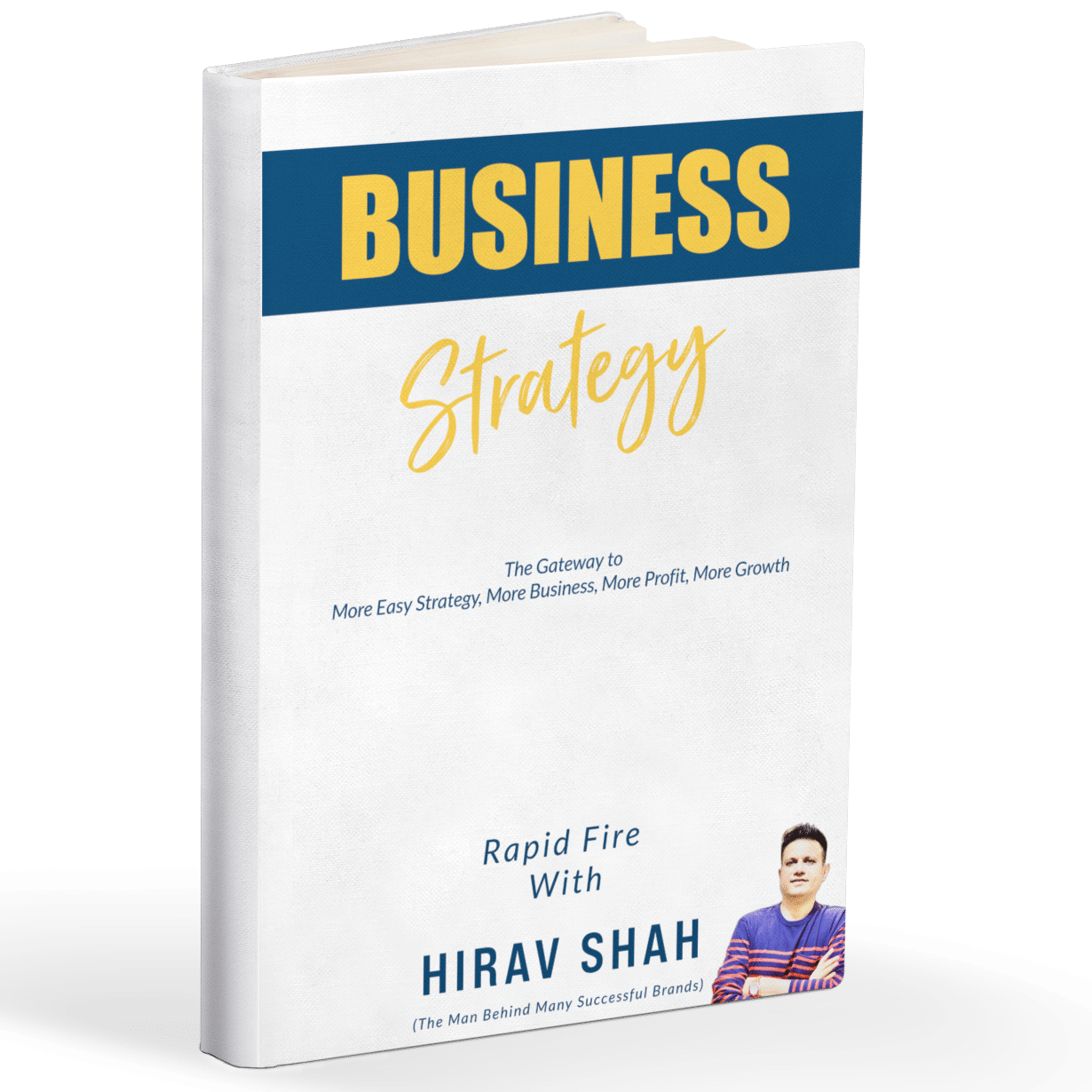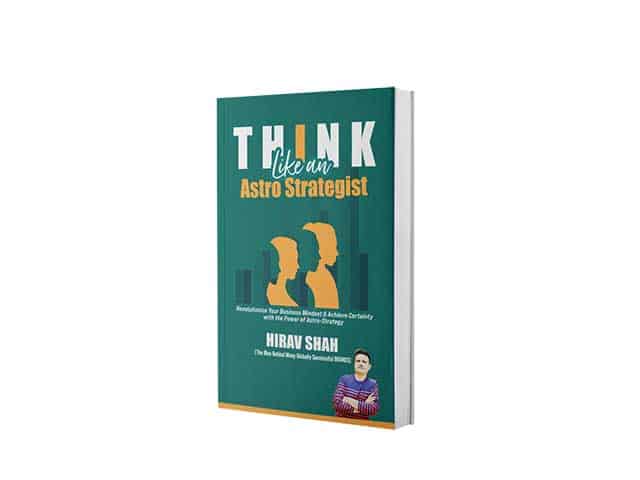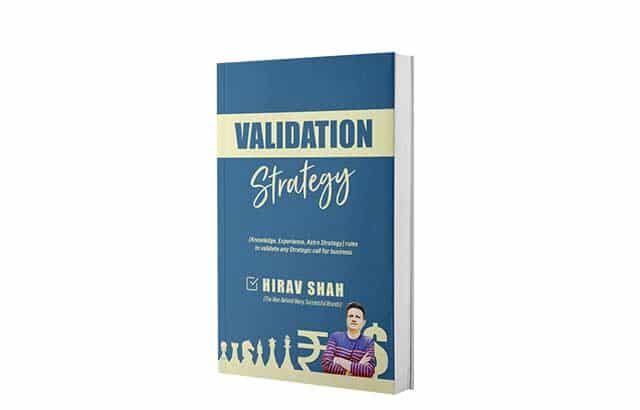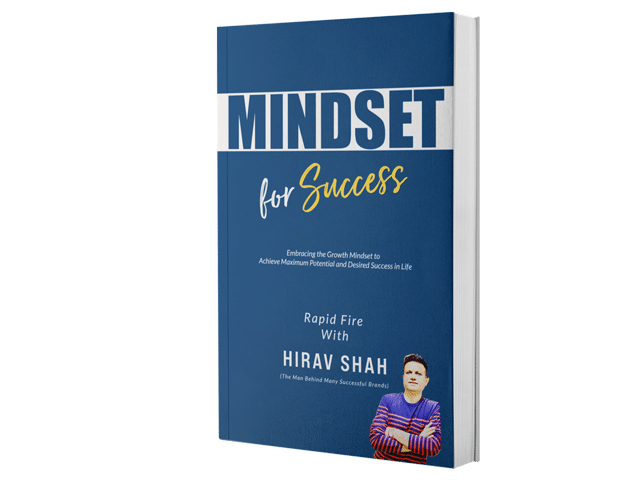Understanding customer buying behavior is essential for any business aiming to stay competitive in today’s market. It goes beyond just knowing who your customers are—it’s about uncovering the underlying reasons why they make purchasing decisions. By gaining deeper insights into their preferences, motivations, and purchasing patterns, businesses can tailor products, services, and marketing strategies that resonate with their target audience. Implementing effective Know Your Customer (KYC) practices is key to this process. It allows businesses to foster stronger relationships with customers, increase loyalty, and ultimately drive growth. In this dynamic landscape, a keen understanding of buying behavior can significantly boost sales and elevate a business’s overall performance.
Table of Contents
What Is KYC, and Why Is It Important?
Know Your Customer (KYC) refers to the process businesses use to gather and analyze information about their customers. This information can reveal their preferences, buying patterns, and motivations—helping companies deliver better-targeted products and services.
Why is KYC important?
- Customer Satisfaction: It allows businesses to meet customers’ specific needs.
- Improved Relationships: By understanding your customer, you can build long-term loyalty.
- Increased Revenue: Personalized marketing and product offerings can lead to higher conversion rates.
Identifying Logical vs. Emotional Buyers
As part of your KYC process, one essential step is identifying the type of buyer you’re dealing with—logical buyers or emotional buyers. Understanding the psychology behind these two groups can help businesses tailor their approach to meet each group’s needs.
Who Are Logical Buyers?
Logical buyers make decisions based on data, research, and facts. They seek out information before making a purchase to ensure they’re making a rational decision. They will:
- Compare prices and features.
- Read reviews and check ratings.
- Look for guarantees, warranties, and after-sales services.
Example: A logical buyer interested in buying a new smartphone may focus on battery life, camera specifications, screen resolution, and price comparison. They are more likely to read reviews or watch product demos to assess whether the purchase is a good value for the money.
Types of Logical Buyers:
- Detail-Oriented: They’ll want to know every specification, like size, weight, and materials.
- Cost-Conscious: Price comparison and discounts matter more to them than brand loyalty.
- Quality Seekers: They’ll focus on the durability and quality of the product, often researching the material used.
Who Are Emotional Buyers?
Emotional buyers, on the other hand, make decisions based on their feelings, instincts, and desires. These buyers are influenced by branding, storytelling, and emotional appeals.
Example: An emotional buyer purchasing a luxury watch might be driven by the brand’s prestige, the image it projects, or simply because it represents a personal achievement or status.
Types of Emotional Buyers:
- The Envious Buyer: Buys because they want what others have, driven by comparison with peers.
- The Sentimental Buyer: Makes purchases based on personal memories, feelings, or nostalgia.
- The Prideful Buyer: Seeks products that give them status or elevate their social position.
- The FOMO Buyer (Fear of Missing Out): Purchases due to peer pressure or the fear of being left out.
Tailoring Your Marketing Approach to Different Buyer Types
Once you understand whether your customers are logical or emotional buyers, you can adjust your marketing strategy to match their preferences.
For Logical Buyers:
- Data-Driven Marketing: Provide clear, precise product information such as features, specs, and comparisons.
- Use Reviews and Testimonials: Showcase customer feedback to back up claims about the product.
- Offer Detailed Guides: Help them make an informed decision with thorough, easy-to-read manuals and FAQs.
Example: A business selling high-end kitchen appliances might create blog posts or videos comparing their products to competitors, listing all specifications, and demonstrating why their product is the best choice for consumers who want value for money.
For Emotional Buyers:
- Appeal to Emotions: Use storytelling in your advertisements and highlight how your product can help the customer achieve a dream or overcome a challenge.
- Focus on Branding: Build a strong, relatable brand identity that resonates emotionally with your audience.
- Limited-Time Offers: Creating urgency can prompt emotional buyers to act quickly.
Example: A luxury handbag brand might run campaigns featuring emotional stories about the empowerment women feel when owning their products, tapping into feelings of pride and desire.
The Role of a Business Strategist in KYC
A Business Strategist such as Hirav Shah, also known as The Game Changer, plays a pivotal role in analyzing customer data and implementing KYC strategies. By evaluating customer buying behavior, a strategist can advise businesses on:
- Optimizing Customer Experience: Understanding customers helps refine their journey.
- Market Segmentation: Identifying key buyer types and creating segmented marketing campaigns.
- Data Analysis: Strategists can help businesses assess customer feedback, sales data, and customer demographics to uncover patterns.
Example: Hirav Shah might analyze market trends and customer behavior to help a fashion retailer design their seasonal campaigns based on whether their customers are more logical or emotional buyers.
Gathering Customer Data to Improve Your KYC Strategy
The best way to improve your KYC process is through data. There are several methods to collect customer data:
- Surveys and Feedback Forms: Use surveys after purchases to understand customer satisfaction and preferences.
- Focus Groups: Conduct focus groups to delve deeper into customers’ decision-making processes.
- Customer Interaction: Track customer interactions on social media, customer service calls, and website behavior.
By gathering and analyzing this data, businesses can tailor their offerings and messaging to better align with customer needs, leading to higher engagement and loyalty.
Continuously Updating and Refining Your KYC Approach
KYC is an ongoing process. As consumer preferences and behavior change, your KYC strategy should evolve too. Keep gathering fresh data and stay updated on market trends to stay ahead of your competition.
Example: If you notice a shift in consumer sentiment toward eco-friendly products, adapting your marketing strategies to highlight sustainability could improve engagement with both emotional and logical buyers.
Conclusion
Mastering customer buying behavior requires a deep understanding of the KYC process. Whether your customers are logical or emotional buyers, recognizing their motivations and preferences is crucial for building stronger, more profitable relationships. With continuous data collection, personalized strategies, and a keen understanding of what drives your customers, you can refine your business approach and lead your market.
FAQs
Q1: How do I know if my customer is a logical or emotional buyer?
- You can identify this through customer surveys, purchasing patterns, or direct interactions. Logical buyers often ask detailed questions about features, while emotional buyers are driven by feelings or status.
Q2: How does astrology play a role in KYC?
- By examining your customer’s birth chart, astrologers can identify personality traits and inclinations, helping you understand whether they are more likely to make logical or emotional purchases.
Q3: How often should I update my KYC strategy?
- It’s ideal to update your KYC strategy regularly—at least quarterly—to reflect changes in consumer behavior and market trends.
By following these strategies, businesses can effectively align their marketing tactics with their customers’ buying behavior—driving both sales and customer satisfaction.



















